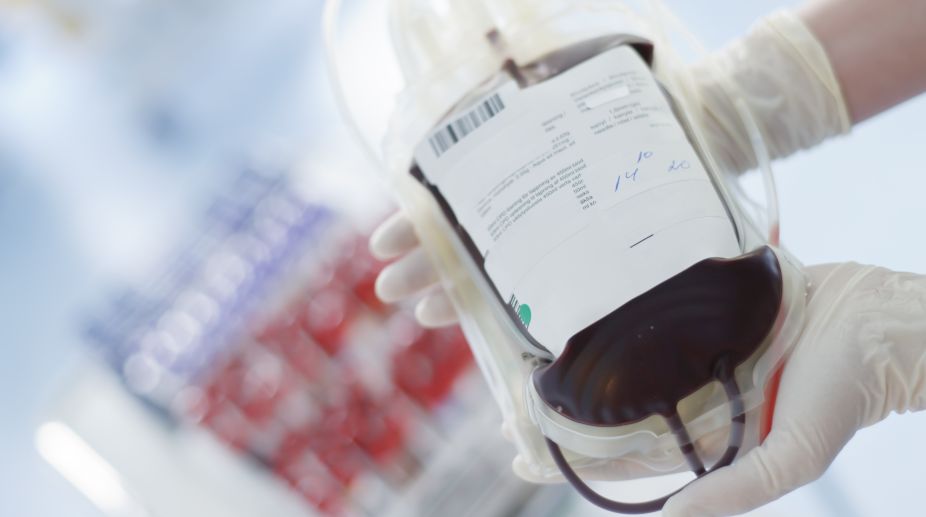Blood donation at Duare Sarkar camp
Beneficiaries of the state government's Duare Sarkar camp are voluntarily donating blood at the camp held under Shikarpur gram panchayat within the jurisdiction of Rajganj panchayat samiti in Jalpaiguri district.

(Photo: Getty Images)
World Blood Donors Day observed every year on 14 June, serves to raise awareness of the need for safe blood and blood products, and to thank donors for their voluntary, lifesaving gifts of blood.
This year, the host country for recognising this international day is Vietnam. The event will be held at Hanoi National Institute of Haematology and Blood Transfusion, Vietnam.
The day looks forward to increase awareness regarding the need for safe blood and also to recognise the generosity of the blood donors.
Advertisement
The necessity of it can only be met by the humanitarian qualities of humans.
A person proves to possess these qualities when he donates blood selflessly to save another’s life.
This year’s campaign aims to encourage donating blood and to engage authorities in prompt response regarding increasing blood supplies during emergencies.
Public awareness is also to be promoted regarding the cause and donors are to be acknowledged and encouraged. The catchphrase of this year’s event ‘What can you do? Give blood. Give now. Give often’, provides with the perfect answer to overcome the dilemma of people during blood crises.
Till now many countries face a lot of challenges in making sufficient blood available to people. Adequate supplies during emergency situations require a well-organised service.
This can be ensured by engaging the entire community to donate blood by setting up voluntary blood donation camps throughout the year.
The government must consider giving special benefits to the donors to encourage them in the activity. Also it must be kept in mind that the blood donated must be free from contamination of malaria, Hepatitis B or C, AIDS or other such infectious diseases.
Sufficient availability of blood helps patients suffering from life-threatening conditions like Thalassaemia to live longer, support complex medical and surgical procedures during emergencies such as natural disasters, accidents or wars. It also emerges as a significant factor in perinatal care.
It should be noted that more than 250 million people are being affected by such emergencies every year. According to history, in 1665, an English physician Richard Lower first made blood transfusion from one dog to another. However, the process was stopped after the Pope of Vatican ordered in 1678.
Later in 1818, physician James Blundell, an English obstetrician, performed the first successful transfusion of human blood to a patient for treatment of a haemorrhage.
In 1900, physician and Nobel laureate Karl Landsteiner of Vienna, Austria discovered the three blood groups- -A, B and O (which he labelled as C). With the assistance of Alexander S. Wiener of Russia, Landsteiner discovered Rhesus factor in 1937 which advanced the life span of human race.
Coordinator, Class X, Kalyani University Experimental High School
Advertisement